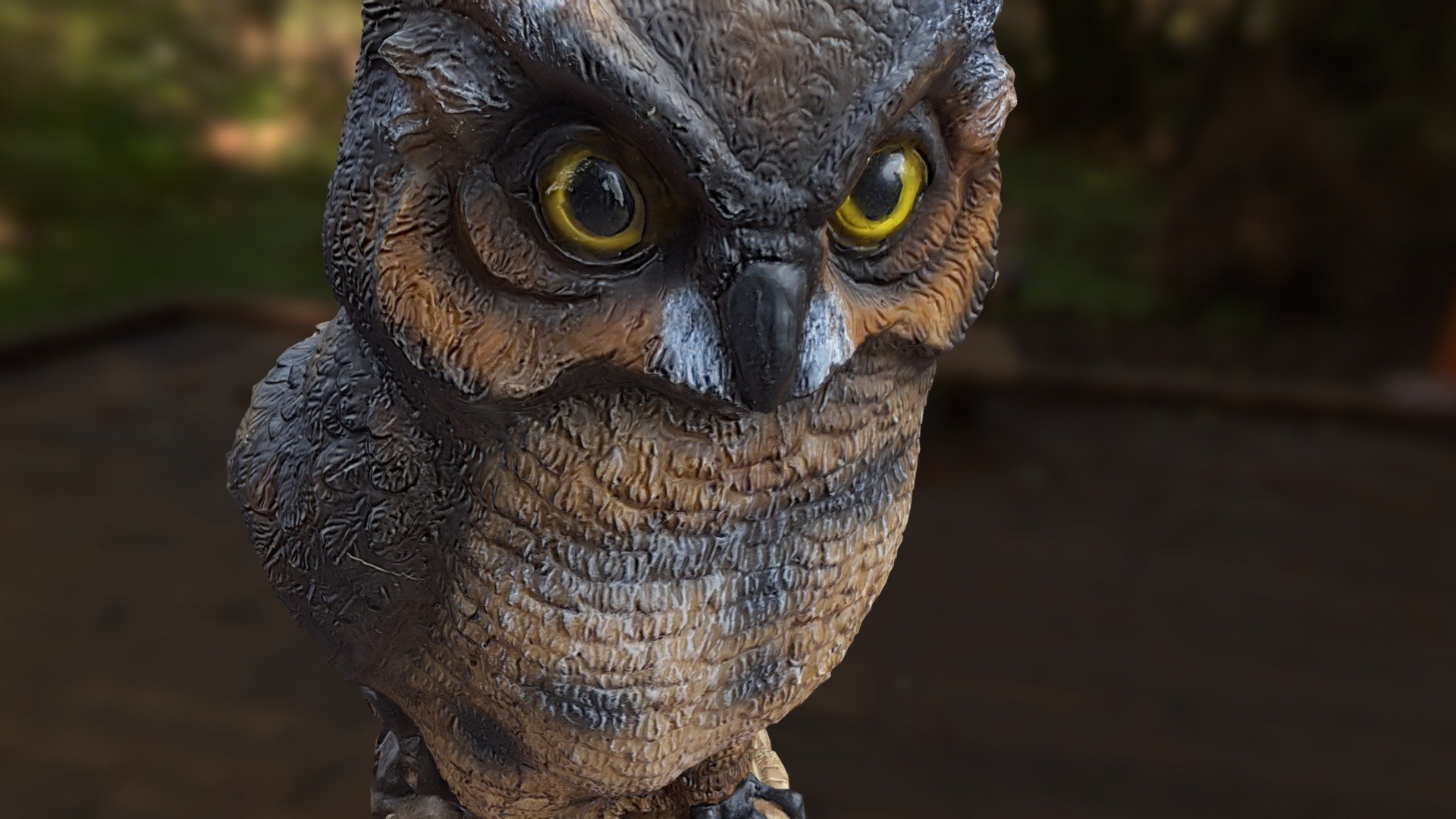

- #Free 3d models c4d software
- #Free 3d models c4d code
- #Free 3d models c4d license
- #Free 3d models c4d free
New functionality was based on Google Summer of Code 2005. Greatly improved system and character animations (with a non-linear editing tool), and added a fluid and hair simulator. Simulation of elastic surfaces improved subdivision surface. LSCM-UV-Unwrapping, object-particle interaction. Ray tracing in internal renderer support for YafaRay. The first truly open source Blender release. Linux and FreeBSD version, port to OpenGL and X11. The following table lists notable developments during Blender's release history: green indicates the current version, yellow indicates currently supported versions, and red indicates versions that are no longer supported (though many later versions can still be used on modern systems). The largest Blender contest gives out an award called the Suzanne Award. It is as easily added to a scene as a cube or plane. A low-polygon model with only 500 faces, Suzanne is included in Blender and often used as a quick and easy way to test materials, animations, rigs, textures, and lighting setups. Suzanne is Blender's alternative to more common test models such as the Utah Teapot and the Stanford Bunny. It was created by Willem-Paul van Overbruggen (SLiD3), who named it Suzanne after the orangutan in the Kevin Smith film Jay and Silent Bob Strike Back. As a sort-of Easter egg and last personal tag, the artists and developers decided to add a 3D model of a chimpanzee head (called a " monkey" in the software). Nevertheless, they put out one more release, Blender 2.25. In February 2002, it was clear that the company behind Blender, NaN, could not survive and would close its doors in March. In 2019, with the release of version 2.80, the integrated game engine for making and prototyping video games was removed Blender's developers recommended users migrate to more powerful open source game engines such as Godot instead. Blender is solely available under "GNU GPLv2 or any later" and was not updated to the GPLv3, as "no evident benefits" were seen. However, they never exercised this option and suspended it indefinitely in 2005.
#Free 3d models c4d license
The Blender Foundation initially reserved the right to use dual licensing so that, in addition to GPL-2.0-or-later, Blender would have been available also under the Blender License that did not require disclosing source code but required payments to the Blender Foundation.



#Free 3d models c4d free
Today, Blender is free and open-source software, largely developed by its community as well as 24 employees employed by the Blender Institute. On September 7, 2002, it was announced that they had collected enough funds and would release the Blender source code. The campaign aimed at open-sourcing Blender for a one-time payment of €100,000 (US$100,670 at the time), with the money being collected from the community. On July 18, 2002, Roosendaal started the "Free Blender" campaign, a crowdfunding precursor. In May 2002, Roosendaal started the non-profit Blender Foundation, with the first goal to find a way to continue developing and promoting Blender as a community-based open-source project. This also meant, at the time, the development of Blender was discontinued. After NeoGeo's dissolution, Ton Roosendaal founded Not a Number Technologies (NaN) in June 1998 to further develop Blender, initially distributing it as shareware until NaN went bankrupt in 2002. NeoGeo was later dissolved, and its client contracts were taken over by another company. On January 1, 1998, Blender was released publicly online as SGI freeware.
#Free 3d models c4d software
Some design choices and experiences for Blender were carried over from an earlier software application, called Traces, that Roosendaal developed for NeoGeo on the Commodore Amiga platform during the 1987–1991 period. The name Blender was inspired by a song by the Swiss electronic band Yello, from the album Baby which NeoGeo used in its showreel. The version 1.00 was released in January 1995, with the primary author being company co-owner and software developer Ton Roosendaal. The Dutch animation studio NeoGeo (not associated with the Neo Geo video game hardware entity) started to develop Blender as an in-house application, and based on the timestamps for the first source files, Januis considered to be Blender's birthday.


 0 kommentar(er)
0 kommentar(er)
